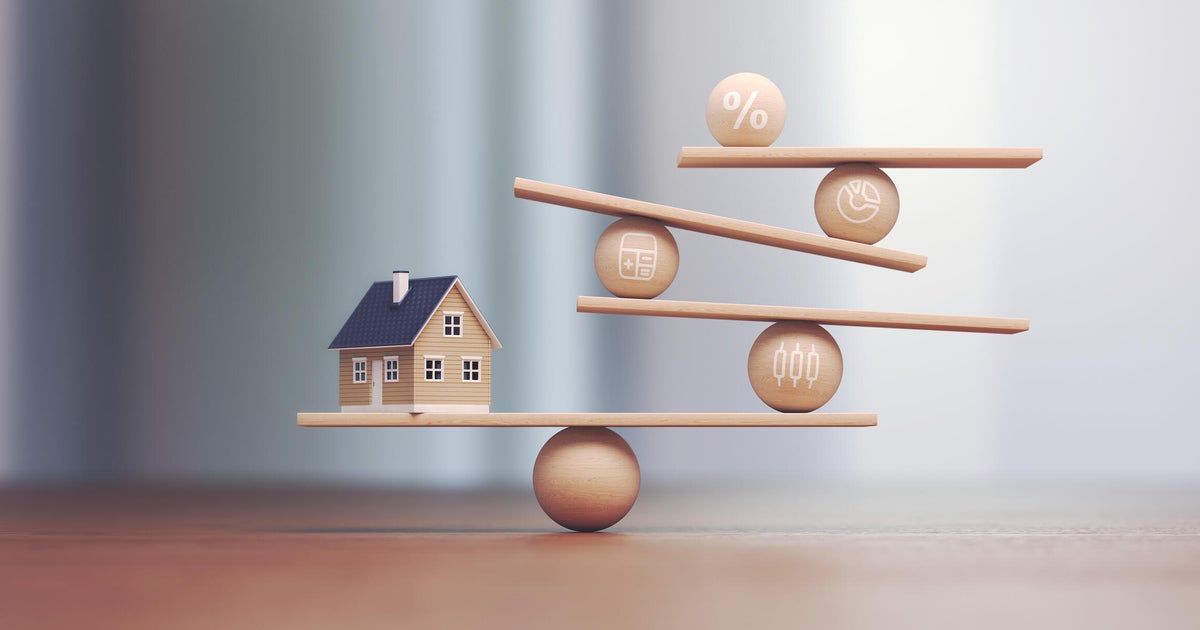

No response returned

As inflation eases in 2025 and the Federal Reserve keeps rates paused, the economic landscape has brought welcome news for homeowners: declining interest rates on and . This comes at an opportune time for utilizing home wealth, as the average American property owner has access to over $300,000 in equity, about .
Though both home equity borrowing options use your home as collateral, each has distinct rates. HELOCs typically that change with economic conditions. In contrast, home equity loans feature higher, fixed rates that remain stable throughout the term. Understanding why these rate differences exist, though, can help you make informed borrowing decisions in today's favorable market.
.
Below, lending professionals outline a few reasons why home equity loan and HELOC interest rates vary:
You'll often see higher home equity loan interest rates because these products for the entire loan term.
"This predictability comes at a premium because lenders assume the risk of future rate increases," says Steven Glick, director of mortgage sales at HomeAbroad, a real estate investment fintech company.
With a fixed-rate loan, banks can't adjust rates even if market conditions change.
Conversely, HELOCs generally offer more competitive introductory rates . Lenders can adjust rates upward when needed, reducing their long-term risk.
"[They're] sensitive to short-term interest rate changes, especially shifts in the prime rate," Joe Perveiler, senior vice president at PNC Bank, says.
.
Payment structure shapes the interest rates for both .
"HELOCs are often interest-only during the initial draw period (typically 10 years), followed by a 20-year amortizing repayment term," says Jeff DerGurahian, chief investment officer and head economist at mortgage lender loanDepot. "Home equity loans, by contrast, amortize from the beginning over 10 to 30 years."
When using a home equity loan, consumers get their approved funds in one disbursement. With HELOCs, though, lenders deploy funds as borrowers use their credit lines.
"This flexibility lets [them] manage capital more dynamically, often resulting in lower initial rates to attract borrowers," Glick notes.
"With a HELOC, borrowers can keep borrowing money over time, which means the loan balance [grows]," Glick says. "This becomes risky for lenders if home values fall or the borrower's finances change."
Lenders manage ongoing risk through variable rate structures that can adjust if conditions worsen. This flexibility to borrowers instead of charging higher fixed rates upfront.
The loan's journey after closing impacts your interest costs. Glick says that lenders frequently sell home equity loans to outside investors through securitization. These investors demand specific yields, forcing banks to set higher initial rates.
"With variable rates and uncertain draw patterns, [HELOCs are] harder to securitize," says Glick. Banks usually keep HELOCs on their balance sheets, setting rates based on internal costs and short-term market rates rather than investor demands. This generally results in lower starting rates for HELOC borrowers.
Despite their rate differences, both home equity products can beat other borrowing tools when used responsibly.
Here are a few key benefits, according to experts:
Home equity borrowing continues to offer valuable opportunities in today's economy. While rate differences between products reflect how lenders manage risk, your choice should depend on personal financial and borrowing goals.
Before applying, compare offerings from several reputable lenders. Ask about HELOC rate caps and total interest expenses for home equity loans. Consulting a mortgage professional can help you determine whether lower initial rates or long-term stability better suits your needs.




